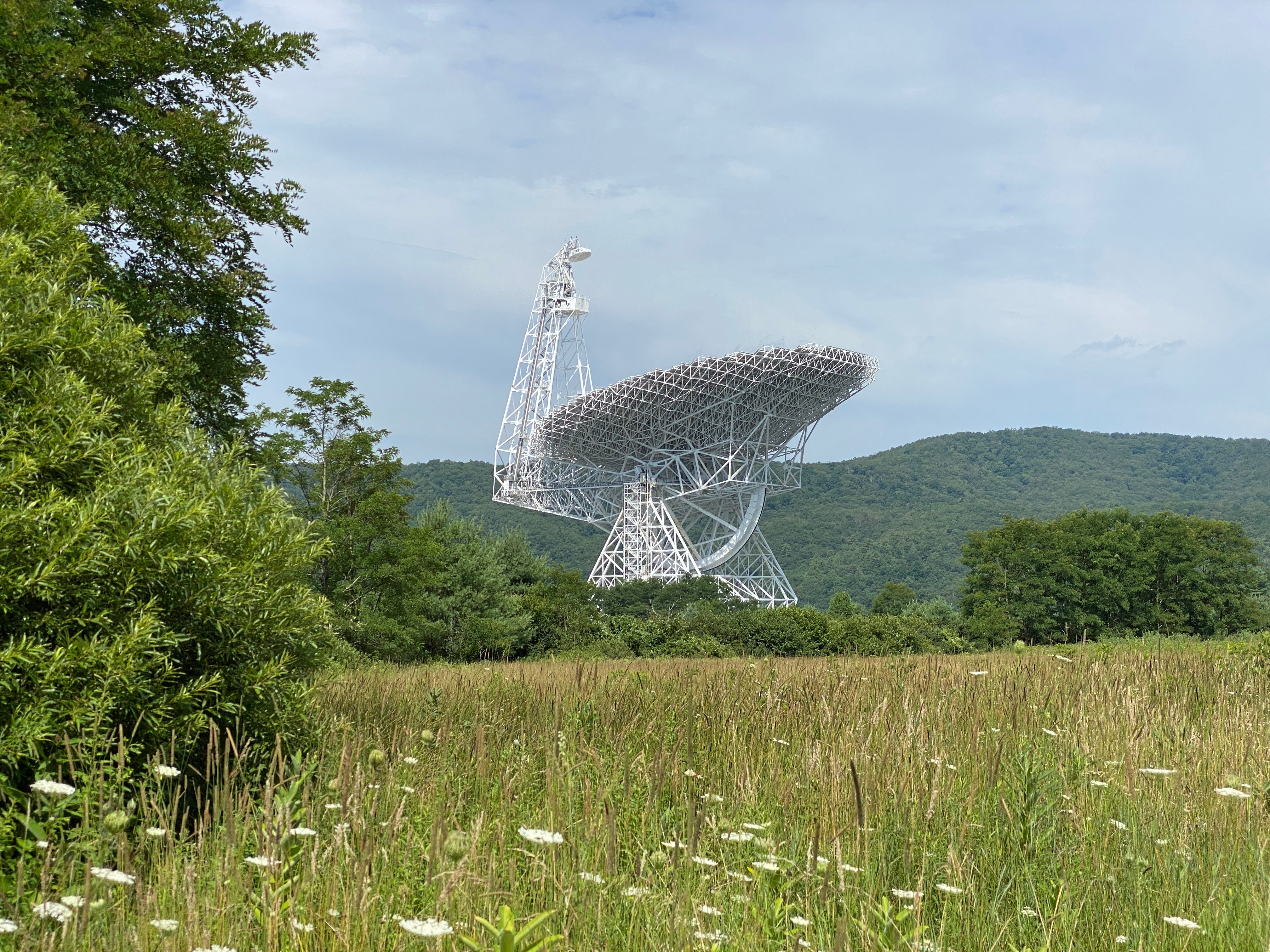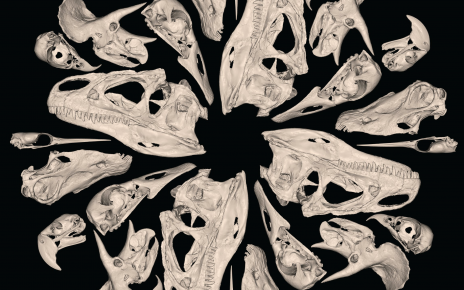When a baseball pitcher throws a fastball, the speed pops up on the jumbotron thanks to radar. The technology is also useful for air traffic control, highway speed traps and weather forecasting—and it’s not reserved for Earth. Astronomers have used radar to probe the planets and asteroids around us, measuring their speed as they whiz around the sun and imaging the details of their surface. A new tool promises to ramp up this brand of science by offering moredetailed astronomical radar capabilities than ever before. The team behind a pioneering radar system at the Green Bank Telescope in West Virginia released their first results last month at the 241st meeting of the American Astronomical Society, revealing unprecedented detail on the moon and detecting a near-Earth asteroid. The telescope’s novel radar system, called Next Generation Radar (ngRADAR), “produced results that were beyond expectations,” says Flora Paganelli, a project scientist at the National Radio Astronomy Observatory’s (NRAO’s) radar division.
Radar systems send out radio waves, which then bounce off nearby objects. As the waves return to the detector, they arrive at different times, depending on how far they traveled. Using that information, scientists can reconstruct an image of the object or measure its speed. Although on Earth, our radar devices are often handheld, a scaled up, more powerful version—in this case, a massive radio telescope—can send its waves beyond our planet, watching asteroids instead of baseballs.
The ngRADAR system uses the Green Bank Telescope as a huge transmitting antenna, and it uses the Very Long Baseline Array of radio telescopes spread across the U.S., Hawaii and the Virgin Islands as a miles-wide receiver. Green Bank has a 100-meter-diameter dish—a radio telescope’s equivalent of a mirror—making it the largest steerable antenna on Earth, uniquely suited to this job.
To test the new system, the ngRADAR team turned toward the moon to image an Apollo landing site and the prominent Tycho Crater. These are the “highest-resolution images ever taken of the moon from a ground-based system,” Paganelli says. They reveal meter-sized features and are likely to be of great interest to lunar scientists.
“Being able to see distinct surface geology on the floor of Tycho Crater from the ground has been quite breathtaking,” says Patrick Taylor, radar division head at NRAO and Green Bank Observatory. “It will be interesting to see how planetary geologists can make use of this information.”

The team also successfully detected an asteroid five times farther away than the moon using less power than a common microwave oven. Plus, the new instrument transmits via the Ku band, a higher frequency of radio waves than used by other planetary radars. “This means we will see [asteroids] in a ‘new light,’ which can provide new details on surface characterization, such as rock sizes, geology and density,” explains Edgard Rivera-Valentín, a planetary scientist at the Johns Hopkins University Applied Physics Laboratory, who was not involved in the ngRADAR project.
Tracking asteroids is great fun for planetary scientists, who scour these chunks of rock for clues to our solar system’s past, and it’s also crucial for humanity. The best chance we have of protecting ourselves against Earth-bound asteroids is by detecting them early and learning about their properties, such as their size and density. “The sooner we know about the risk and the more we know about the object, the better we can address the situation,” Taylor says.
The ngRADAR system is coming online at a particularly critical time for planetary defense and radio astronomy. After the catastrophic collapse of Puerto Rico’s famed Arecibo Observatory, only one other active radar astronomy facility remains: NASA’s Goldstone Solar System Radar, part of the Deep Space Network, which communicates with spacecraft across the solar system. Putting all of humanity’s eggs in Goldstone’s basket is a particularly risky move, especially because it “recently experienced an 18-month-long failure, leaving us without an essential planetary defense capability for an extended period of time,” says planetary scientist Jean-Luc Margot of the University of California, Los Angeles. The ngRADAR system helps to fill the gap left by Arecibo and complements the existing Goldstone facility, strengthening humanity’s lines of defense.
And ngRADAR’s first results are just the beginning. The project team is working to improve the initial design, envisioning it as a workhorse of radio astronomy for many years to come. “The technology is very reliable and will allow for continued operation for years,” says Steven Wilkinson, an engineer at Raytheon Technologies, which built the ngRADAR system.
The team also plans to harness the capabilities of the upcoming expansion of the Very Large Array, known as ngVLA, which will make ngRADAR the most sophisticated planetary radar in history over the coming decade. “In this future configuration, the system will exceed Arecibo’s sensitivity and allow detections at larger distances,” Margot says.



